Kale Plant Protection: Tips For Pest And Kale Disease Prevention
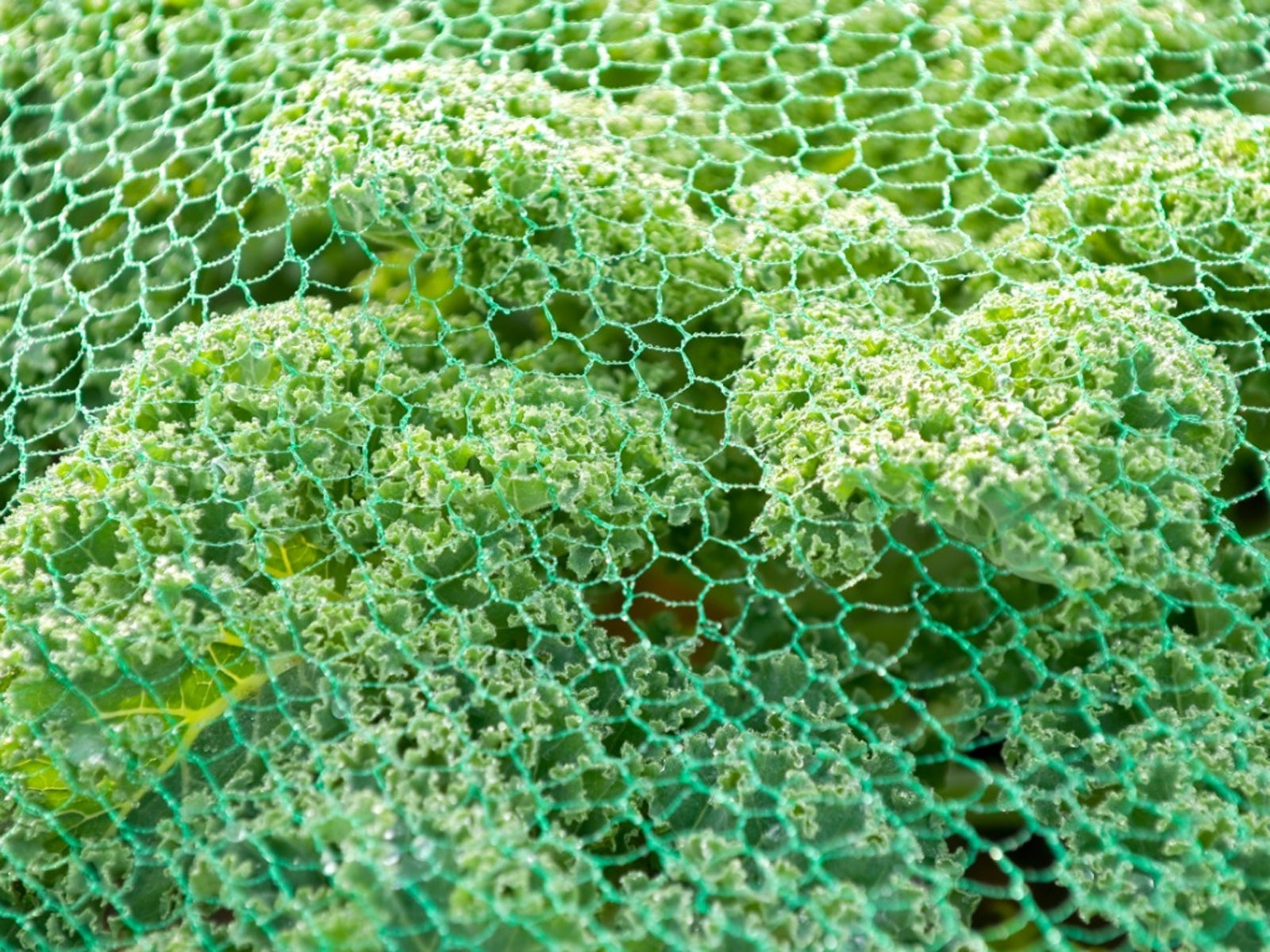

Kale plant protection for next year's crop begins after the fall harvest. Many insects that damage kale spread diseases overwinter in plant debris left in the garden at the end of the season. Fall cleanup, including disposal of plant debris and turning the soil to expose insects, goes a long way toward preventing problems in the spring.
Kale Plant Protection
Another fall project to foil diseases of kale is working compost into the soil. Most people know that compost is a great natural fertilizer, but did you know that it also helps the soil drain freely? Soil that can't drain freely stays wet too long, and many fungi thrive in wet soil. Working in compost in fall allows it plenty of time to combine with the soil so that it is ready to manage water more efficiently in spring. Kale pests also overwinter in garden debris and soil. Expose the insects to the harsh conditions at the surface soil by turning the soil several times over fall and winter.
Eliminating Kale Pests
Identifying and eliminating some of the most common kale pests can go a long way in your kale plant protection program. Common garden pests affecting kale include:
- Aphids- Allow natural predator insects to do as much of the work of controlling aphid pests as possible. If you must use an insecticide, use a soap-based product or neem oil. You may have to spray several times.
- Flea beetles- Good fall cleanup and regular weed removal are your best bets in controlling flea beetles, which chew tiny holes in the leaves. If these kale pests find their way to your plants anyway, choose an insecticide labeled for use against flea beetles and make sure the label states the product is safe to use on kale.
- Caterpillars- You'll probably notice moths darting around the plant before you see the caterpillars. In most cases, you can hand pick them. In severe cases, or if you can't bear to touch the pests, you can use Bacillus thuringiensis (Bt).
- Whiteflies- These tiny, white flying insects rise in a cloud above the plant. Use insecticidal soap or neem oil and spray every few days until whiteflies are gone.
Kale Disease Prevention
Starting a kale disease prevention program will help eliminate most diseases of kale in the garden. Begin protecting kale plants by implementing these control measures:
- Water the soil rather than the plant. Wet plants are more susceptible to diseases than dry ones. Also, avoid splashing soil onto the plants when you water.
- Clean tools thoroughly before moving from one part of the garden to another. Don't forget to clean your shoes! Bits of soil that travel from one part of the garden to another on the soles of your shoes may carry disease organisms.
- If you think your kale is infected with a disease, cut back on high-nitrogen fertilizers until you have the problem under control.
- Fungicides containing copper may help prevent disease infection or slow its progress, but they don't cure diseases. By using fungicides early, you may be able to hold off the disease until after you harvest your crop.
Now that you know more about protecting your plants from diseases and garden pests affecting kale, you can enjoy a new crop each year without any worries.
Gardening tips, videos, info and more delivered right to your inbox!
Sign up for the Gardening Know How newsletter today and receive a free copy of our e-book "How to Grow Delicious Tomatoes".

Jackie Carroll has written over 500 articles for Gardening Know How on a wide range of topics.
-
 Creative Ideas For Plant Containers: 7 Ways To Save Money And Add Charm To A Garden
Creative Ideas For Plant Containers: 7 Ways To Save Money And Add Charm To A GardenIf you are looking for great ways to add personality to your container gardening – and even save yourself some money – then try these creative ideas for plant containers
By Mary Ellen Ellis
-
 How To Make A Bouquet Garni Or Herb Bundle For Cooking
How To Make A Bouquet Garni Or Herb Bundle For CookingIf you’re a great cook, you may have made an herb bundle before. If this is a new idea, learn how to add sparkle and interest to your dish with a bouquet garni.
By Amy Grant
-
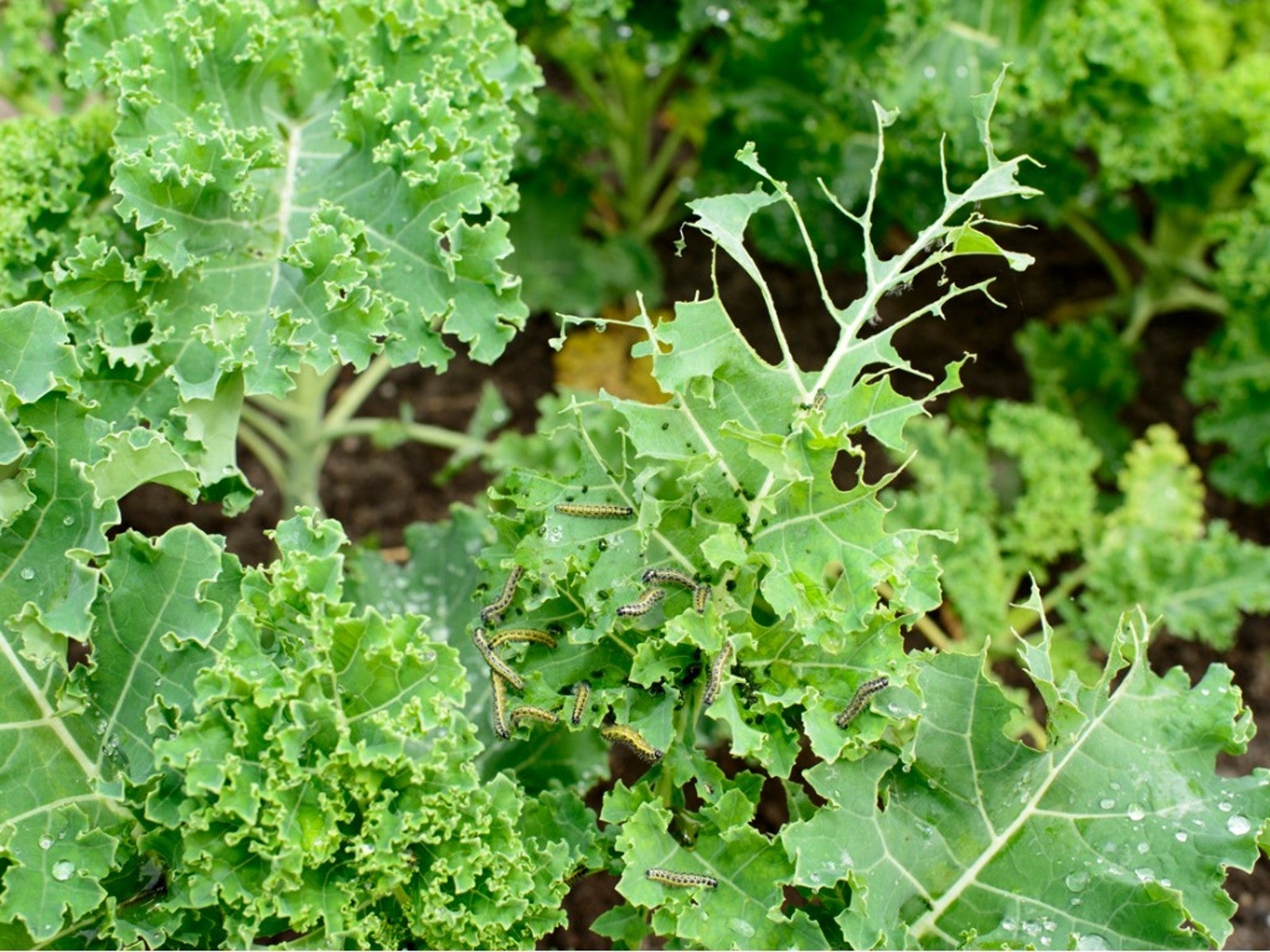 Kale Pests And Diseases That Plague Fall Gardens
Kale Pests And Diseases That Plague Fall GardensLearn how to recognize and eliminate the diseases and pests that attack your yummy kale plants.
By Laura Miller
-
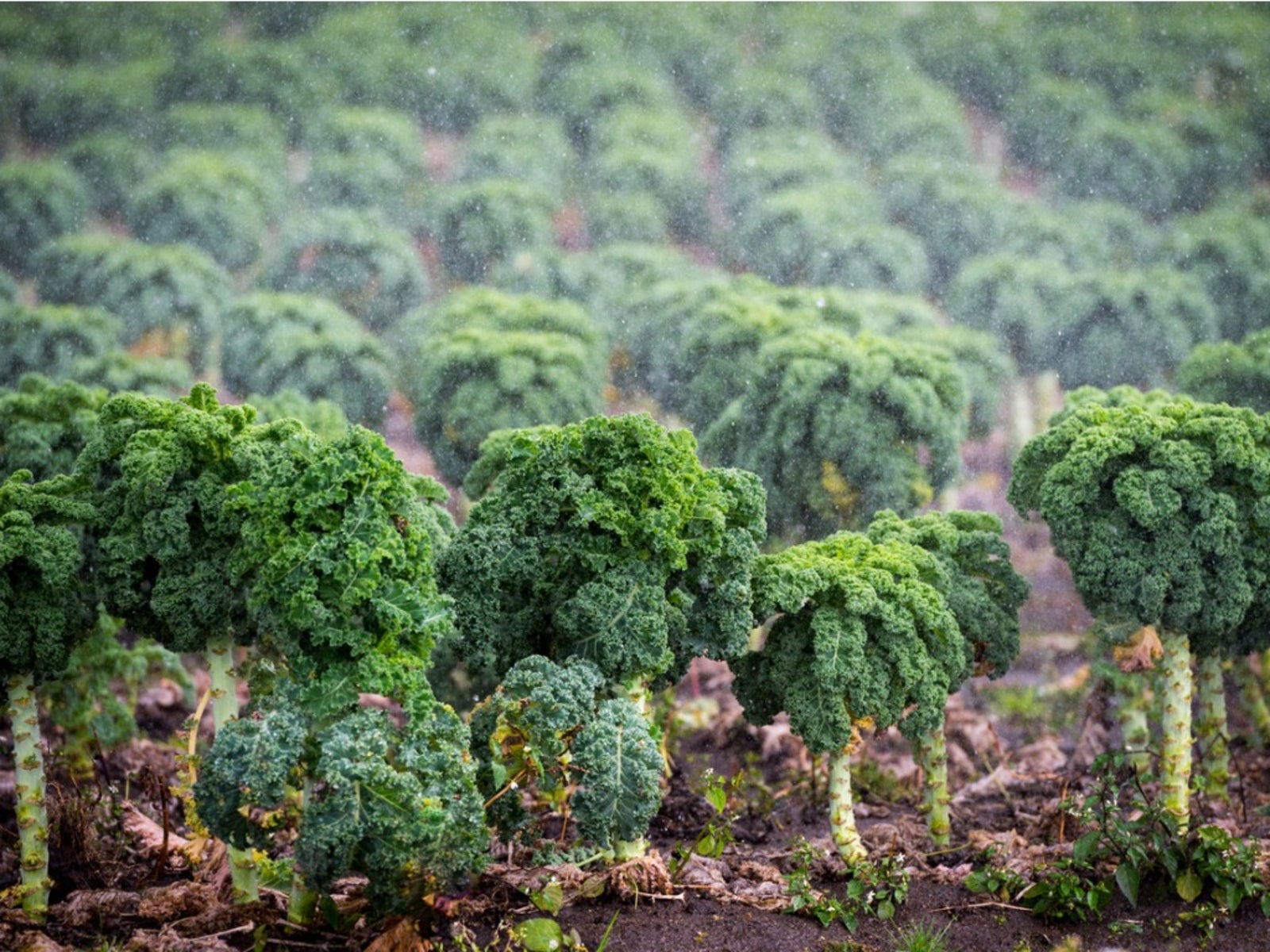 My Kale Is Bolting: How To Stop Kale Bolting
My Kale Is Bolting: How To Stop Kale BoltingYou walk to your garden one fine summer day only to find your kale is bolting. Although this can be frustrating, you can learn how to stop it from happening again.
By Laura Miller
-
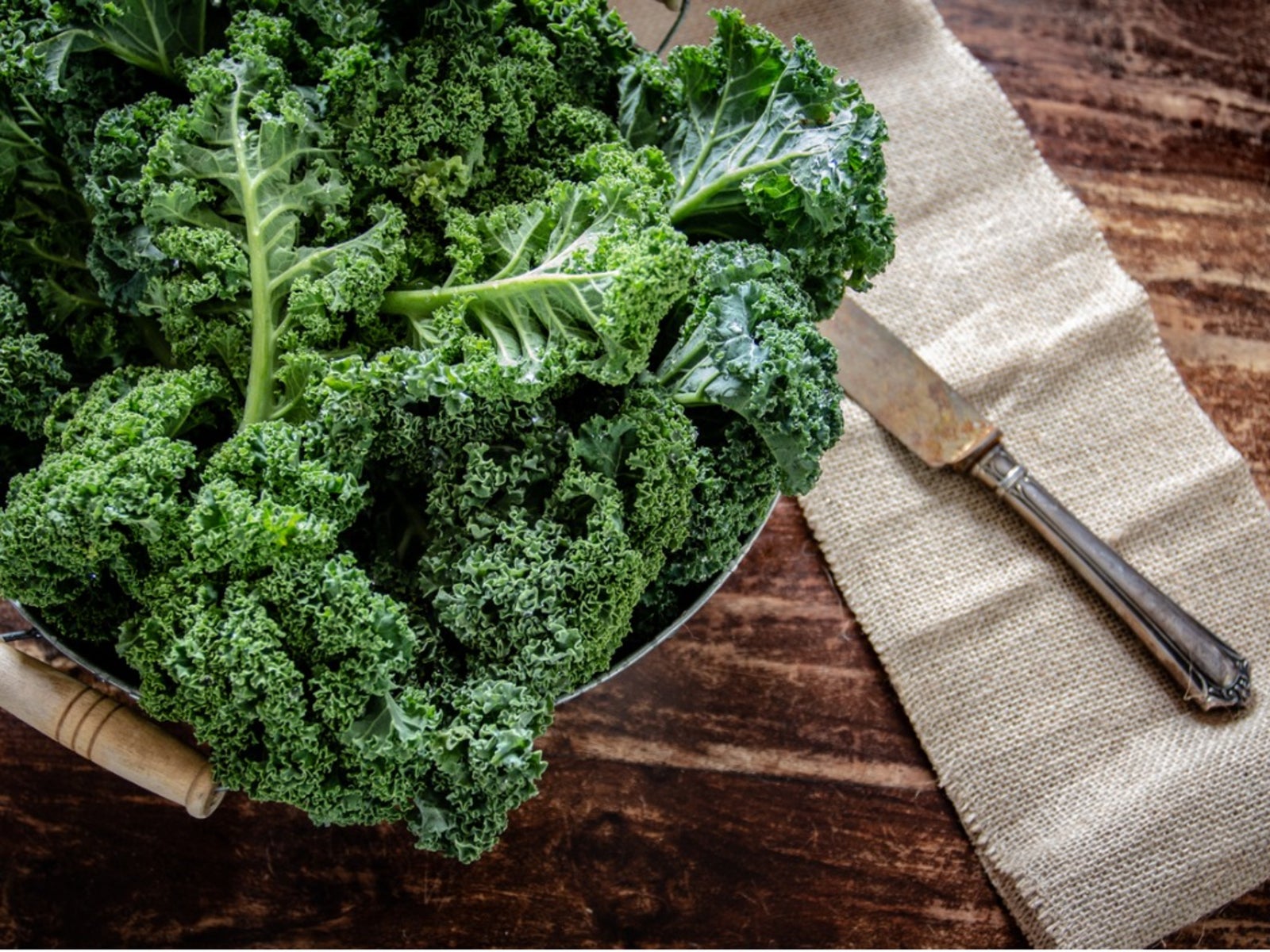 Different Uses For Kale – How To Use Kale Plants Post Harvest
Different Uses For Kale – How To Use Kale Plants Post HarvestHave you wondered what to do with kale that's growing in your garden? Click here for some of the many uses for kale.
By Laura Miller
-
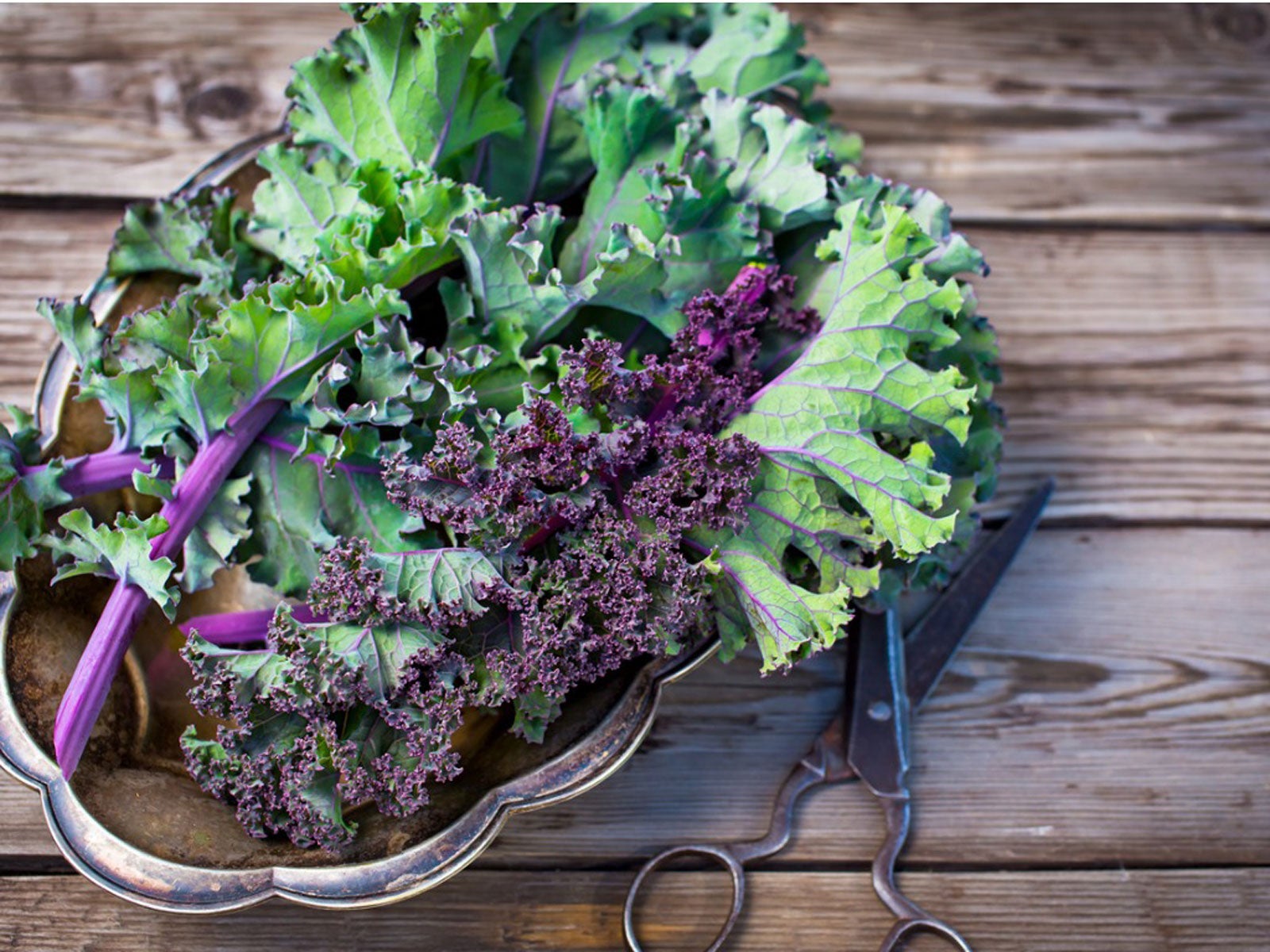 Prickly Kale Leaves – Does Kale Have Thorns
Prickly Kale Leaves – Does Kale Have ThornsDoes kale have thorns? Most gardeners would say no, yet this question is occasionally asked. Click here to explore reasons kale is prickly.
By Laura Miller
-
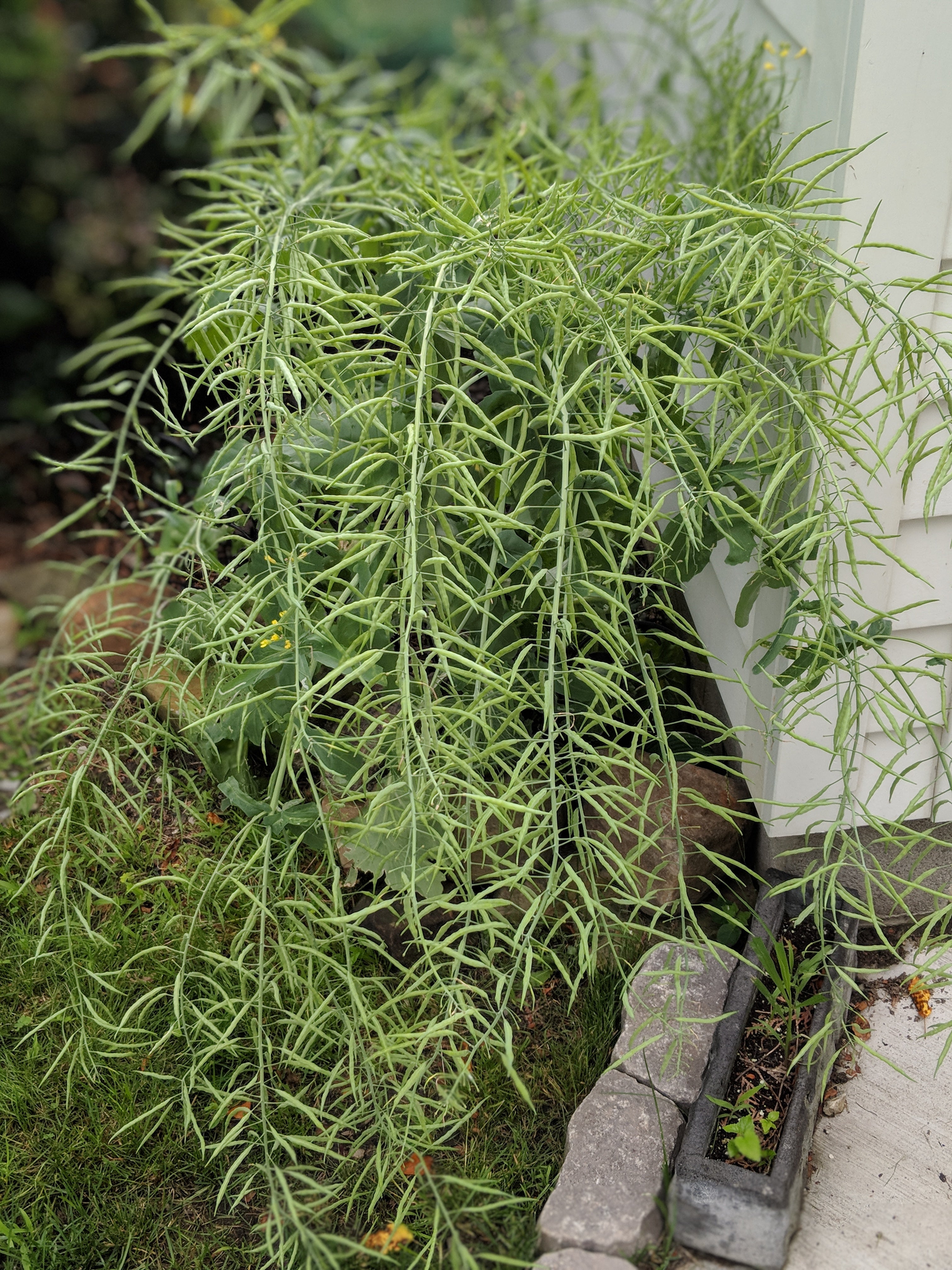 Saving Kale Seeds – Learn How To Harvest Kale Seeds
Saving Kale Seeds – Learn How To Harvest Kale SeedsNoted for its use in the kitchen, kale is an easy-to-grow leafy green that thrives in cooler temperatures. Unlike many common garden vegetables, kale plants are actually biennials. In this article, we will discuss how to harvest kale seeds so you can plant another crop.
By Tonya Barnett
-
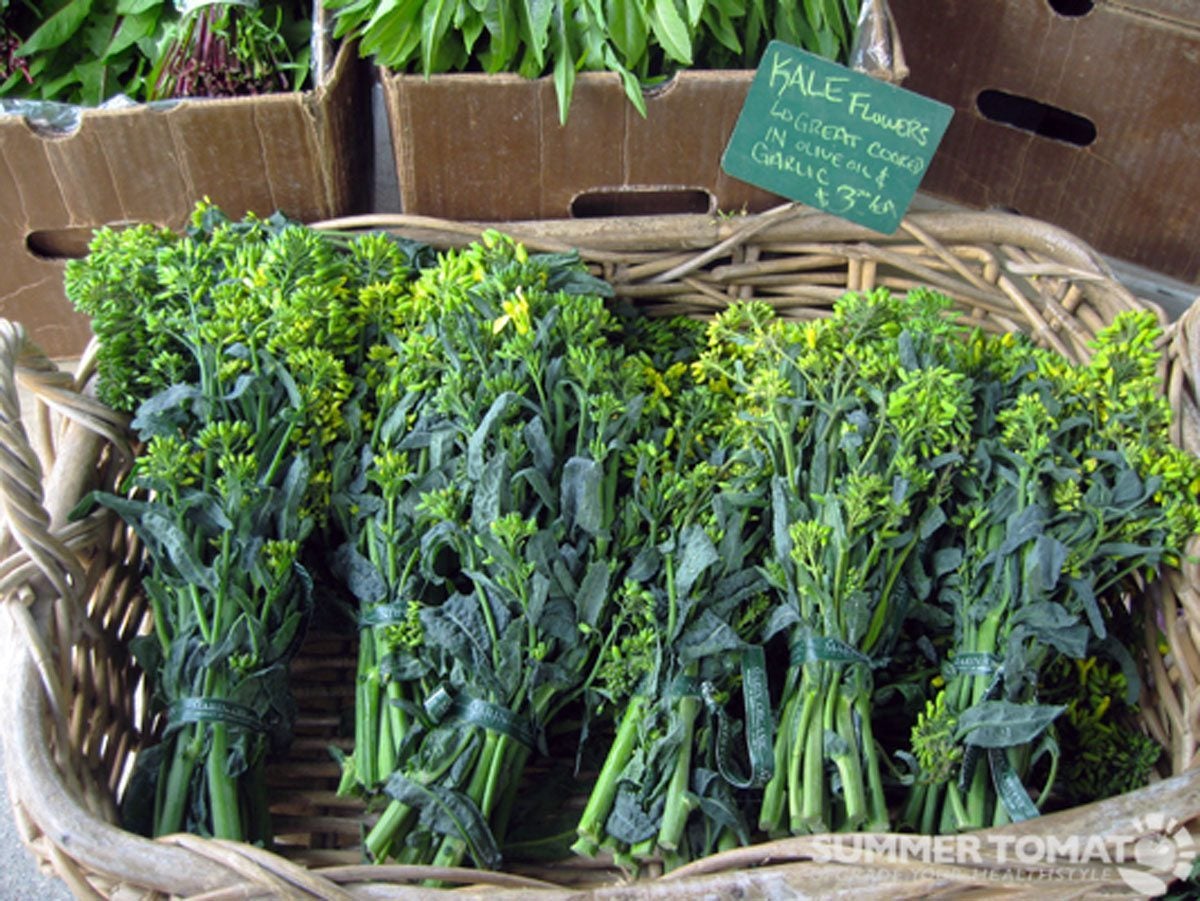 Kale Rabe Information: How To Grow Napini Kale In The Garden
Kale Rabe Information: How To Grow Napini Kale In The GardenWhat's napini? Napini is sometimes called kale rabe so you can see where this is starting to get confusing. Don't worry, the following kale rabe information will straighten it all out, plus tell you how to grow your own napini kale and its uses.
By Amy Grant
-
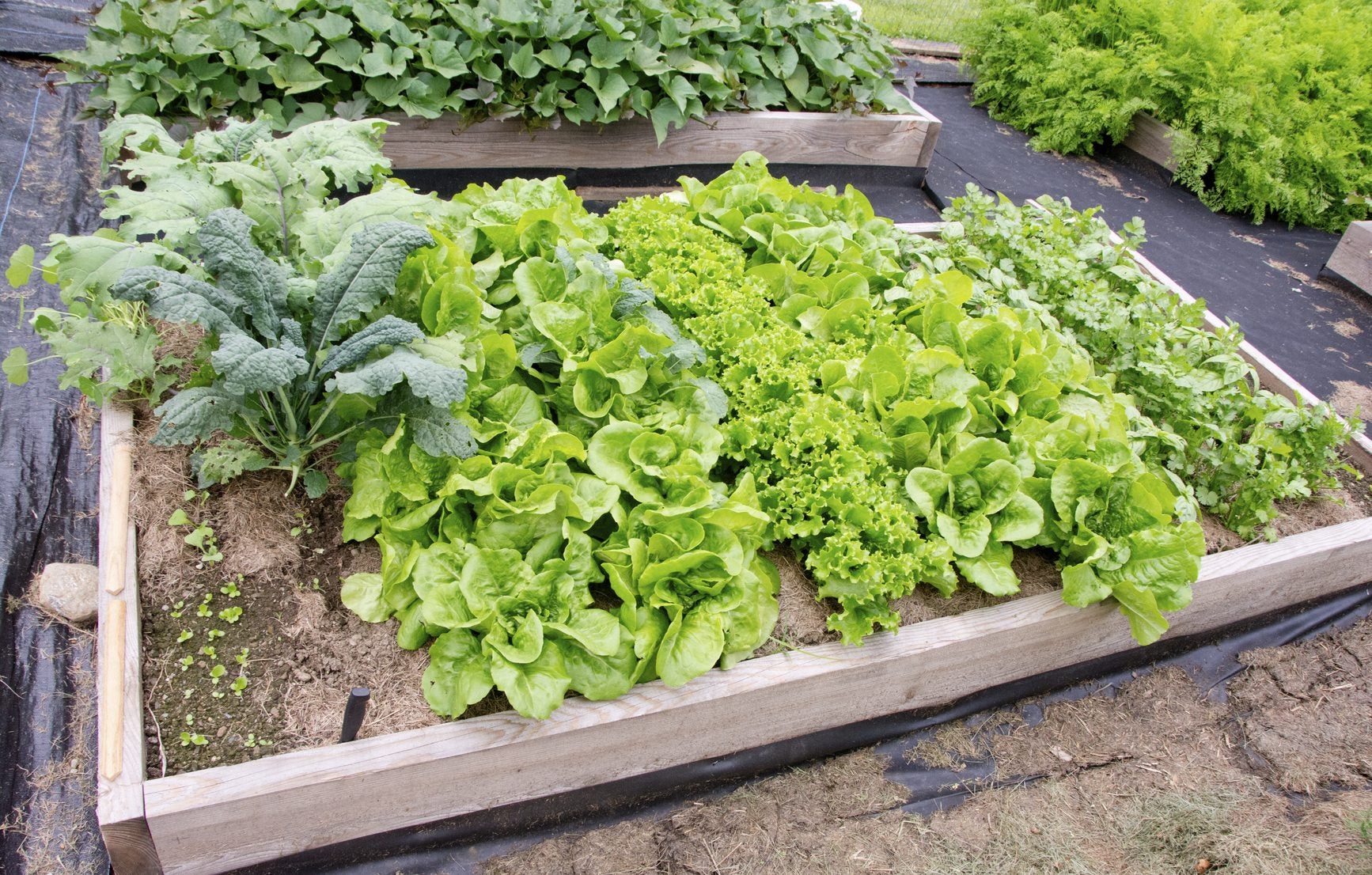 Kale Companion Plants: Learn About Plants That Grow Well With Kale
Kale Companion Plants: Learn About Plants That Grow Well With KaleKale is a cool weather green with ruffled leaves. Many plants grow well with kale - receiving and giving benefits to each other. So what are the best companion plants for kale? Find out about kale companion planting in this article.
By Amy Grant
-
 Will Kale Grow In Containers: Tips On Growing Kale In Pots
Will Kale Grow In Containers: Tips On Growing Kale In PotsYou might be wondering about growing your own kale but perhaps you lack garden space. What about container-grown kale? Will kale grow in containers? Click here to find out how to grow kale in containers and other information on potted kale plants.
By Amy Grant